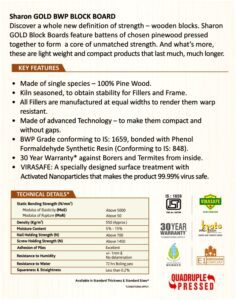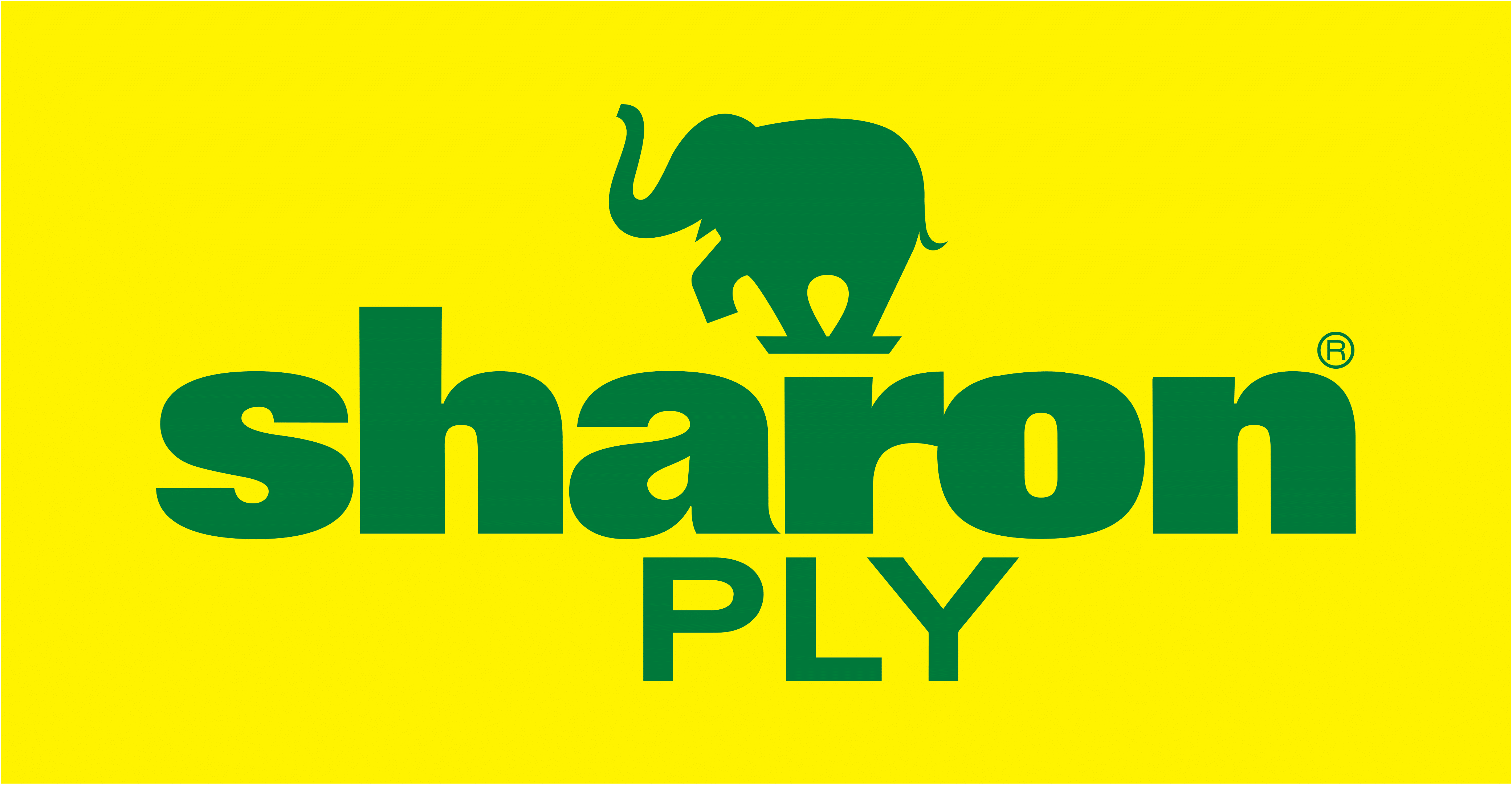
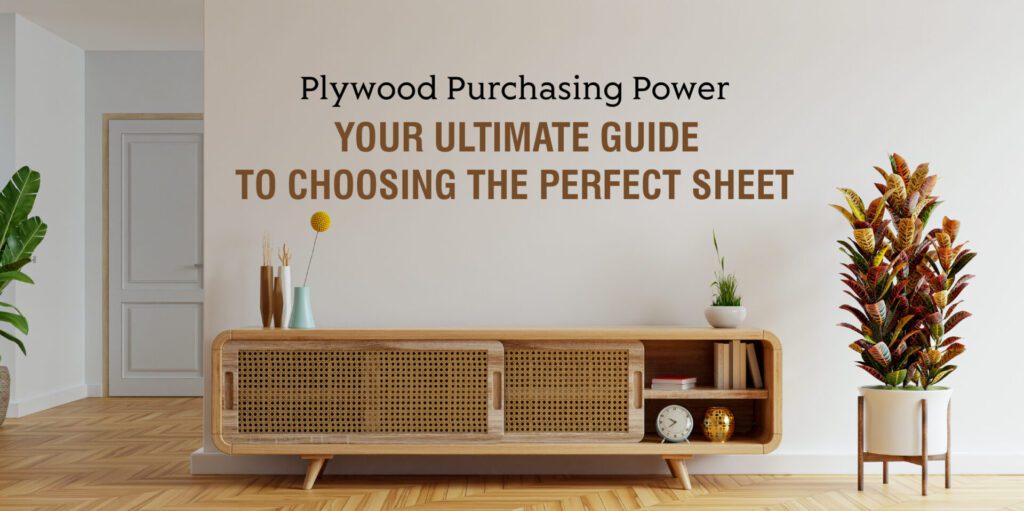
You’re in the midst of a DIY project, and you need a sturdy yet flexible material to bring your vision to life. That is where plywood comes into play. At first glance, plywood may seem like a simple sheet of wood. However, this versatile material offers more than what meets the eye.
From different grades to various types of wood and specialised finishes, plywood comes in a wide array of options, each with its unique characteristics and applications. But with so many options available, how do you choose the perfect sheet for your needs? Fear not, because we are about to unravel the mysteries of plywood purchasing power!
When it comes to plywood, not all sheets are created equal. Plywood is graded based on its appearance and structural integrity, with each grade indicating the quality of the wood and the purpose of its usage. The most common plywood grades include:
● BWP (Boiling Water Proof) Grade
Designed specifically for using in water-based environments, BWP plywood is treated with special chemicals to resist moisture, rot and decay. It is ideal for outdoor projects such as boat building or exterior construction where exposure to the elements is a concern.
Engineered to withstand exposure to water, BWR plywood is bonded with phenol formaldehyde resin. It is commonly used for kitchen cabinets, bathroom furnishings and other interior applications where exposure to moisture is frequent. It is also suitable for exterior uses such as garden furniture and outdoor structures that are partially sheltered from direct weather conditions.
Designed for interior applications, MR grade is also known as commercial plywood. It can be used in places where occasional but not constant moisture exposure is expected. It is ideal for furniture, cabinetry, panelling and interior partitions. MR grade plywood is perfect for everyday indoor applications which offers durability and versatility.
Flexible grade plywood, also known as bendable or flexi plywood. Designed to be easily shaped and curved without splitting or cracking, it is ideal for applications that requires complex shapes and curves, such as furniture, cabinetry and decorative architectural elements. It is manufactured using thin veneers and special adhesives that allow it to bend without compromising its structural integrity.
Plywood doesn’t come in a one-size-fits-all thickness and selecting the right thickness is crucial.
It is ideal for small projects, detailed work and DIY crafts. It can also provide a smooth surface as an underlayment for flooring.
It is often used for drawer bottoms and furniture back panels. Sometimes, it is used in lightweight shelving.
It is commonly used for building furniture such as tables and shelves. However, it can also be used for interior partitions.
It is widely used in construction for walls, flooring and roofing. It is also suitable for making sturdy furniture pieces.
It is commonly used for flooring due to its thickness and strength. It is also ideal for heavy duty furniture.
It is ideal for heavy-duty furniture like beds and large tables. It can also be used for structural applications where high strength is required.
It is suitable for heavy construction projects that require strong, load-bearing materials. It is often used in soundproofing applications due to its density.
In addition to grades, plywood also comes in various types of wood, each with its own unique properties and characteristics. Some of the most common types of plywood include:
Made from hardwood trees such as oak, eucalyptus, birch or maple, hardwood plywood is known for its strength, durability and resistance to warping. It’s ideal for projects that require a strong, stable material, such as furniture making or cabinetry.
Derived from softwood trees like pine, fir or cedar, softwood plywood is lighter in weight and more affordable than hardwood plywood. It’s commonly used in construction and structural applications where strength and stability are essential.
Engineered for strength and durability, structural plywood is designed to support heavy loads and withstand extreme conditions. It’s commonly used in building construction for applications such as flooring, roofing and wall sheathing.
In addition to grades and types of wood, plywood is also available with a variety of specialised finishes and treatments to enhance its performance and appearance. Some common finishes include:
Plywood can be finished with a thin layer of decorative veneer to enhance its appearance and mimic the look of solid wood. Veneer finishes are available in a wide range of wood species and can be stained or painted to match your desired aesthetic. Additionally, Calibrated Plywood is another feature that offers you uniformity in thickness and flawless finish.
Treated with chemicals to resist rot, decay and insect infestation, pressure-treated plywood is ideal for outdoor projects such as decks, fences and landscaping structures.
Designed to meet strict fire safety regulations, fire-retardant plywood is treated with special chemicals to reduce the spread of flames and smoke in the event of a fire. It’s commonly used in commercial and residential construction for applications such as walls, floors and ceilings. Some of our products incorporate Firesave Technology that ensures superior fire resistance and safety. With Firesave Technology, you can be confident that your projects meet the highest fire safety standards.
Specifically engineered to have minimal or no harmful emissions, such as formaldehyde, this makes it an eco-friendly and healthier choice for indoor applications. It is ideal for use in homes, schools, hospitals and offices where air quality is a top priority. Our products come with zero emission compliance standard which ensures the highest standards of indoor air quality and environmental safety. These products are categorised as E-Zero emission compliant plywood. With E-Zero, you can trust that your spaces remain healthy and sustainable.
Designed to offer enhanced protection against harmful microbes, including bacteria, viruses and fungi. This plywood is treated with advanced antimicrobial agents that inhibit the growth and spread of pathogens on its surface. It is ideal for using in environments where hygiene is critical, such as hospitals, clinics, schools, kitchens and public spaces. Additionally, a select range of our products features this Virasafe Technology that ensures a safer and cleaner environment for various applications.
There you have it – your ultimate guide to choosing the perfect plywood sheet for your next project. Whether you’re a seasoned woodworker or a weekend DIY warrior, armed with this knowledge, you’re ready to tackle any project that comes your way. So, head to your local lumberyard, armed with confidence and let the plywood adventure begin! Happy crafting!

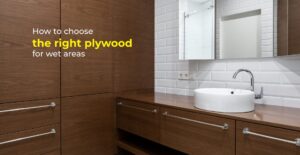
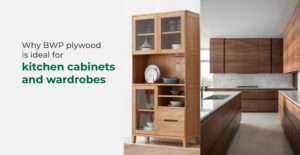
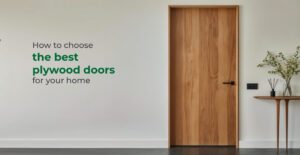
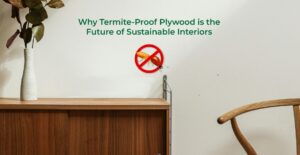
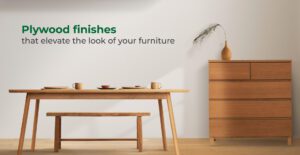

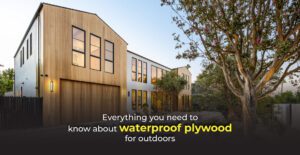


Users understand that SHARONPLY is committed to protecting the User’s privacy and shall take all efforts to protect any personal data provided to the Website by reasonable security safeguards against such risks as loss or unauthorised use, destruction, modification or disclosure of data, However, in case of any lapse, SHARONPLY shall not be held responsible for any effect or consequences thereof. The Website uses cookies to track usage of the path of the User. Since most web browsers automatically accept cookies, User can edit User’s browser options to block them if User does not want the Website to use cookies to track usage of the path of the User.
SHARONPLY undertakes not to disclose, except as otherwise provided, the personal information provided by the User to any person, unless such action is necessary to: –
By filling up any form on the Website User automatically grants SHARONPLY a royalty-free, perpetual, irrevocable non-exclusive license to use, reproduce, publish, edit, distribute, and publicly display the information given in the form and to sublicense such rights.
Any queries regarding the SHARONPLY’s privacy policy, may be sent to admin@sharonply.com.
